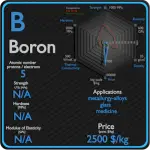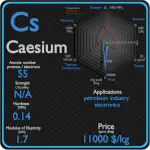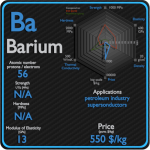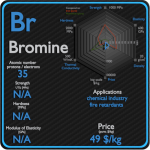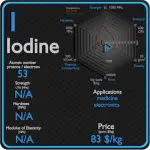This article contains comparison of key thermal and atomic properties of chlorine and barium, two comparable chemical elements from the periodic table. It also contains basic descriptions and applications of both elements. Chlorine vs Barium.
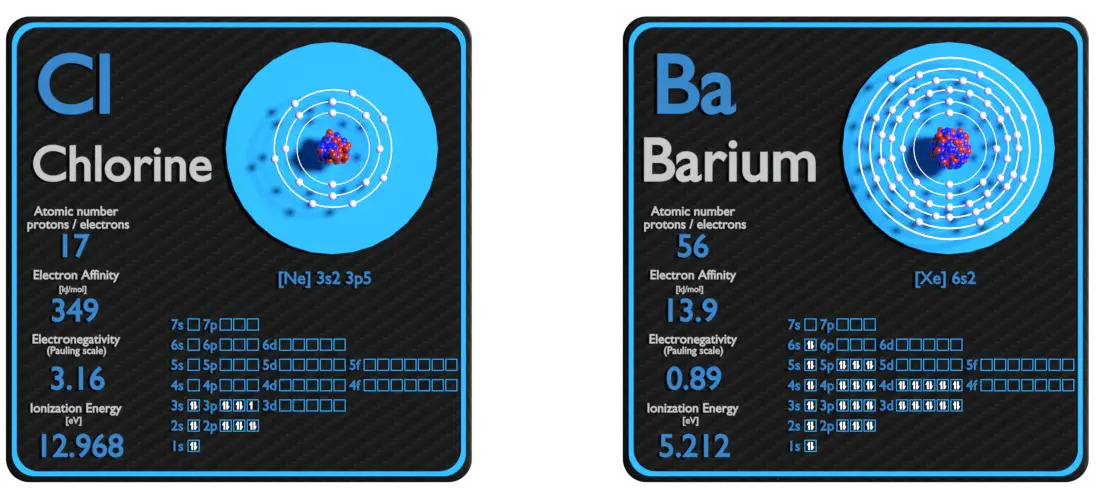
Chlorine and Barium – About Elements


Source: www.luciteria.com
Chlorine and Barium – Applications
Chlorine
Chlorine is used in the manufacture of a wide range of consumer products, about two-thirds of them organic chemicals such as polyvinyl chloride (PVC), many intermediates for the production of plastics, and other end products which do not contain the element. As a common disinfectant, elemental chlorine and chlorine-generating compounds are used more directly in swimming pools to keep them sanitary. While perhaps best known for its role in providing clean drinking water, chlorine chemistry also helps provide energy-efficient building materials, electronics, fiber optics, solar energy cells, 93 percent of life-saving pharmaceuticals, 86 percent of crop protection compounds, medical plastics, and much more.
Barium
Barium is not an extensively used element. Most is used in drilling fluids for oil and gas wells. It is also used in paint and in glassmaking. Barium is also a key element in the production of ceramic superconductors. Lanthanum barium copper oxide, or LBCO, was discovered in 1986 and was the first high temperature superconductor.
Chlorine and Barium – Comparison in Table
| Element | Chlorine | Barium |
| Density | 0.0032 g/cm3 | 3.51 g/cm3 |
| Ultimate Tensile Strength | N/A | N/A |
| Yield Strength | N/A | N/A |
| Young’s Modulus of Elasticity | N/A | 13 GPa |
| Mohs Scale | N/A | 1.25 |
| Brinell Hardness | N/A | N/A |
| Vickers Hardness | N/A | N/A |
| Melting Point | -101 °C | 725 °C |
| Boiling Point | -34.6 °C | 1845 °C |
| Thermal Conductivity | 0.0089 W/mK | 18 W/mK |
| Thermal Expansion Coefficient | N/A | 20.6 µm/mK |
| Specific Heat | 0.48 J/g K | 0.204 J/g K |
| Heat of Fusion | 3.23 kJ/mol | 7.75 kJ/mol |
| Heat of Vaporization | 10.2 kJ/mol | 142 kJ/mol |

